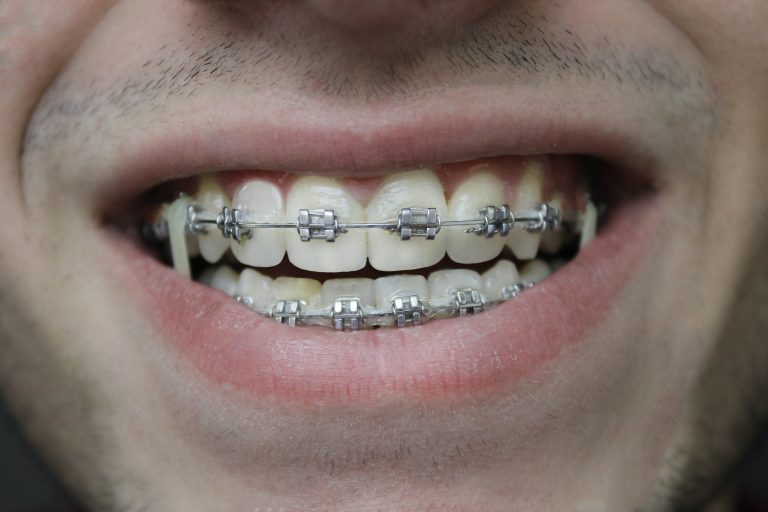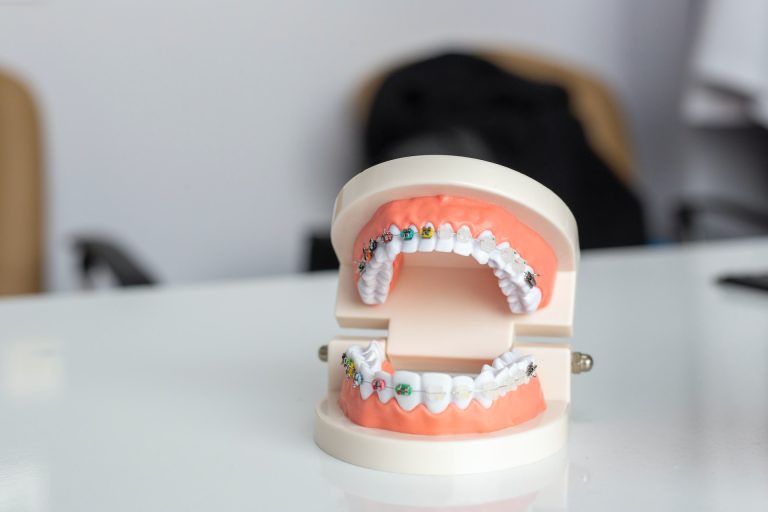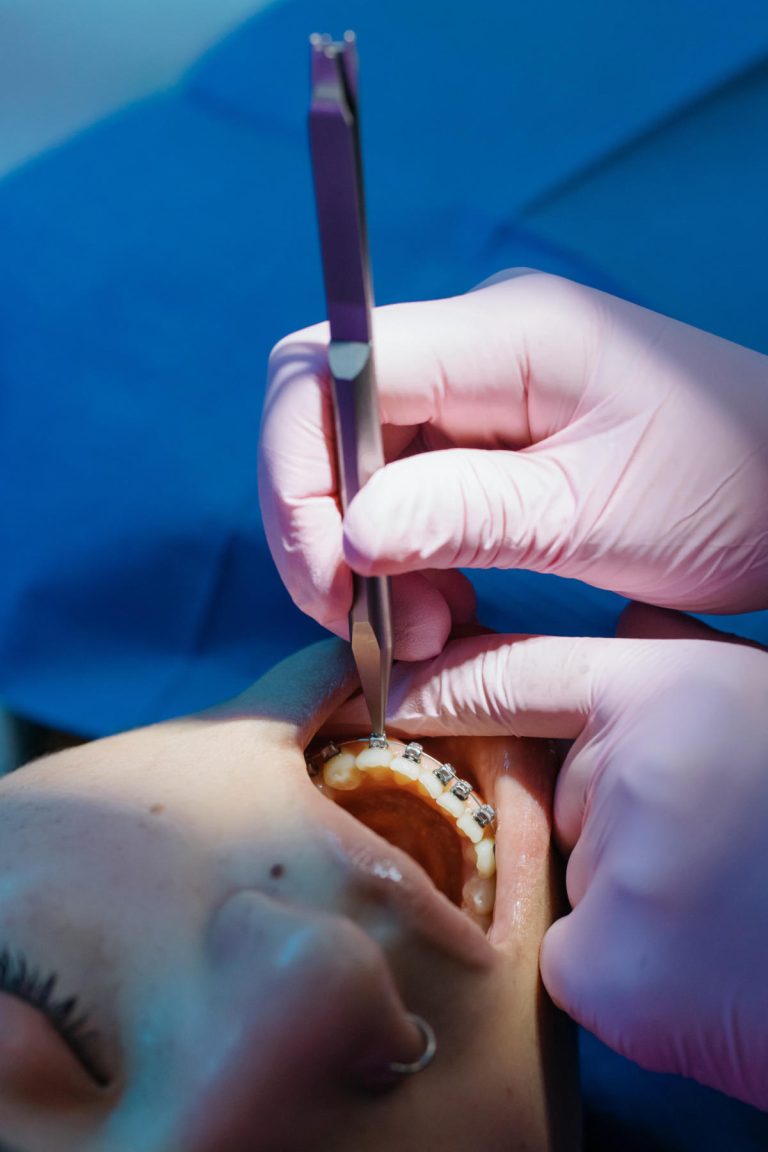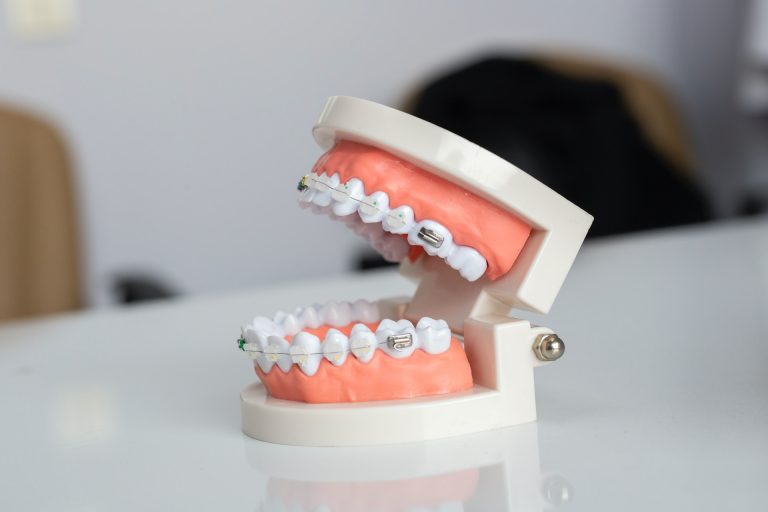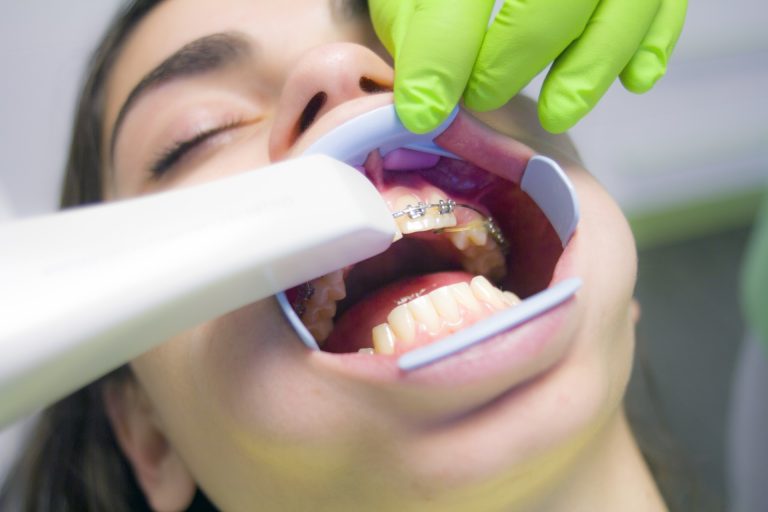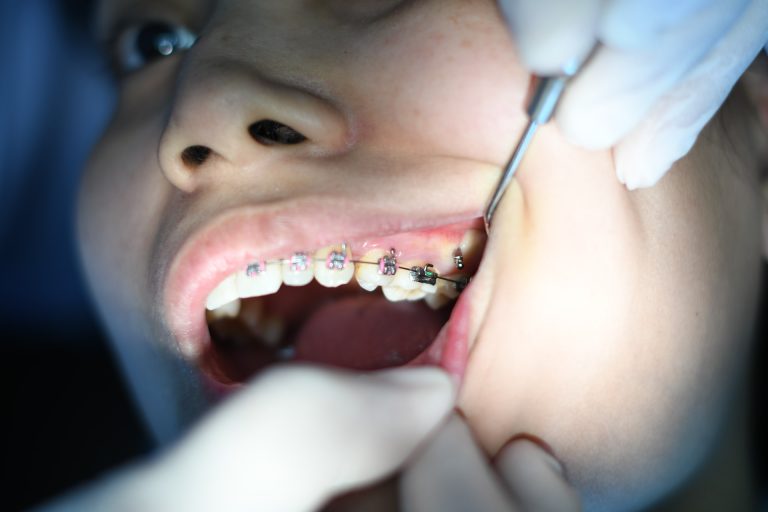Our Glasgow dentists describe how teeth are extracted in different situations.
Always consider Tooth extraction as a last resort. There is nothing better than having healthy, natural teeth, but even when your tooth has decay or damage, it is often possible to repair it effectively using procedures like placing a crown or using fillings that match the surrounding teeth.
But sometimes extraction of a tooth is the best or only option available. This usually happens when the tooth is in so much pain or has such a terrible prognosis that it is seriously damaged.
In some cases, it may also make it hard to eat. Sometimes, a tooth needs to be taken out to make room for dentures or so that dental implants can be used to hold a bridge of several teeth.
In today’s blog post from Southside Dental Care, we’ll take a look at how a tooth is extracted in two different scenarios: one in which the tooth is almost whole and the crown is still substantially in place, and the other in which the crown has broken off, leaving only the root below the gum line.
Simple Dental Extraction
In order to diagnose the issue and assess the condition of the surrounding bone structure, x-rays are typically obtained first. This will give the dentist the knowledge he or she needs before determining the best course of action.
A local anaesthetic will then be administered. Depending on where the problem is and what it is, you can receive more than one injection. This will fully numb the area, and even though you could experience some grinding as the tooth is removed from the socket, you shouldn’t experience any pain at all.
The tooth will then be carefully gripped by the dentist as they make use of a variety of tools to pull it out from its socket and separate it from the tissue that holds it in place. The tooth will then be slightly shifted back and forth before being slowly and delicately removed from its socket. You can typically anticipate feeling some grinding throughout this process.
The tooth will then be pulled out, and the empty socket will be cleaned. If we think there’s a chance that the piece of the root has broken off and might still be in the socket, we might take more X-rays. As you can expect, there will be some bleeding. You will be given some gauze to bite onto the affected area to stop the blood flow and create the blood clot necessary for fast healing.
You will receive extensive aftercare instructions, which may include cleaning, and you could be asked to schedule a follow-up consultation to ensure there are no issues.
Tooth Root Extraction
When the tooth’s crown has separated from the tooth’s roots, extraction may be a little trickier because there is no longer a crown to grab onto and pull the tooth out.
A local anaesthetic will be used to make the process as comfortable as possible, just like with normal extractions, x-rays will be required to determine what is happening below the gumline.
Given that the tooth’s roots are located below the gum line, it can be required to create a small incision in the gum to give the dentist better access and facilitate an easier extraction depending on the circumstances.
Your dentist may use a variety of tools to extract the tooth from the socket because the crown is no longer accessible to be gripped. One of them that is commonly used is referred to as an “elevator,” which, as the name implies, causes the tooth roots to softly rise from the socket, allowing them to be removed without having to “pull” them because there is no crown to do so.
Sometimes a tooth root will be so tightly attached or embedded that this method will be challenging. It might be necessary to “section” the tooth roots in situations like this. In order to make the roots easier to remove, this involves dividing them into smaller portions.
You will receive full instructions on how to care for yourself afterwards, just like with other types of extraction.
It is important to keep in mind that some root extractions might be more difficult, and performing this procedure in some cases may require the expertise of an oral surgeon.
As you can see from the information above, extracting a tooth requires an intricate method and is not as simple as ‘yanking’ the tooth out. People who attempt to do this at home risk not only experiencing a great deal of pain but also additional complications if the roots don’t completely come out and it could cause major bone damage. Never try to do this yourself; instead, ask one of our skilled Glasgow dentists for guidance.
As we said at the beginning of the blog, having a tooth extracted should only be done as a last resort. Maintaining good oral health is crucial to avoiding this situation in the first place. Every six months, as part of your oral health regimen, you should visit the dentist for a checkup.
